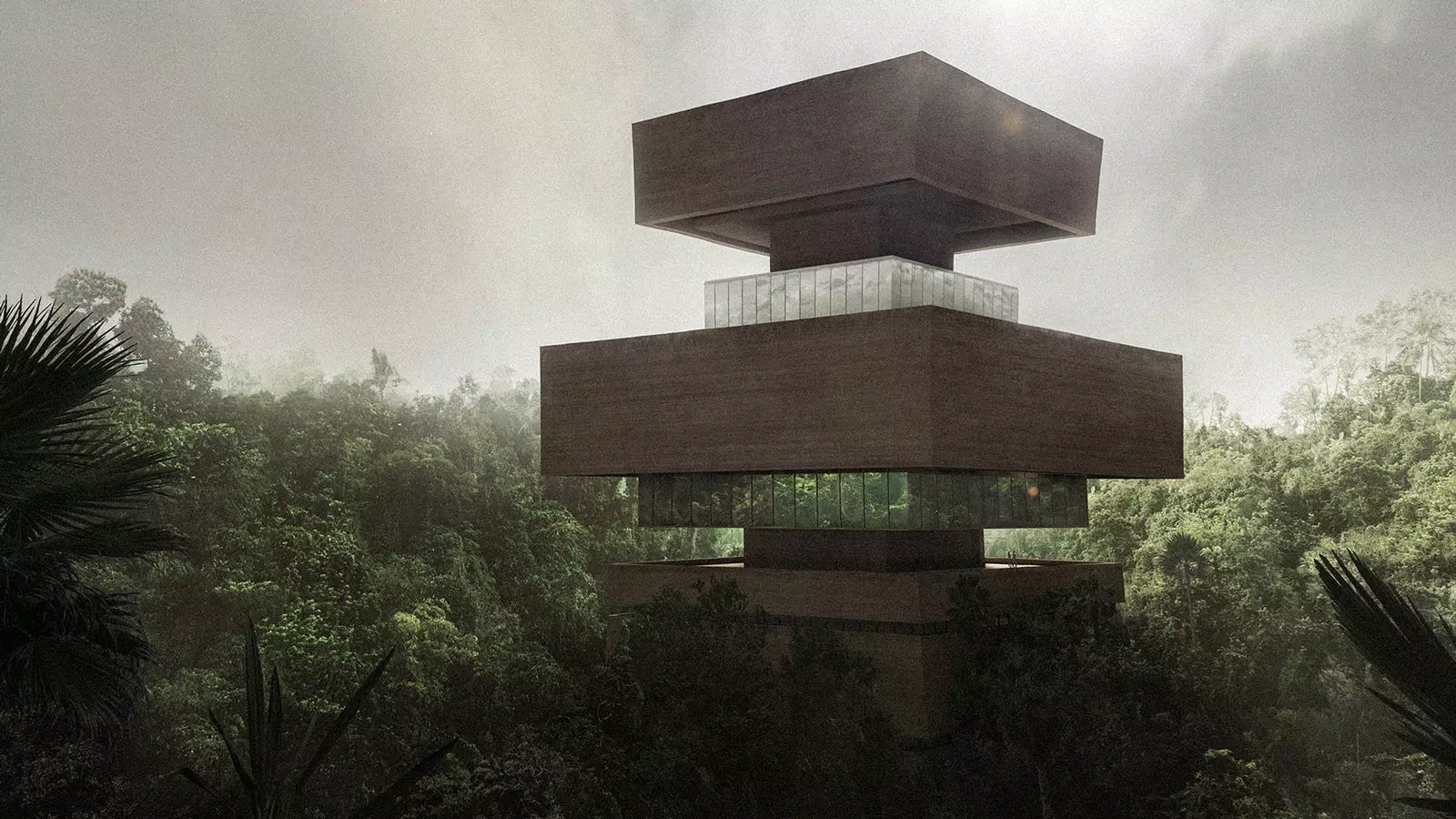
Xinatli: a more pluriversal understanding of art
A museum in the middle of the jungle? Built with wood and earth? Yes, you read it right. Designed by the firm of the Norwegian architect Viktor Sørless and the Mexican studio Juiñi, the museum Xinatli surprises without even being built yet.
The design of this research museum on the edge of the Mexican rainforest has been commissioned by Mexican art collector Fernanda Raíz, president of Fundación Raíz.
The building will have a stepped pyramidal structure, It will be built using ecological methods and will be made up of load-bearing elements of earth and wood.
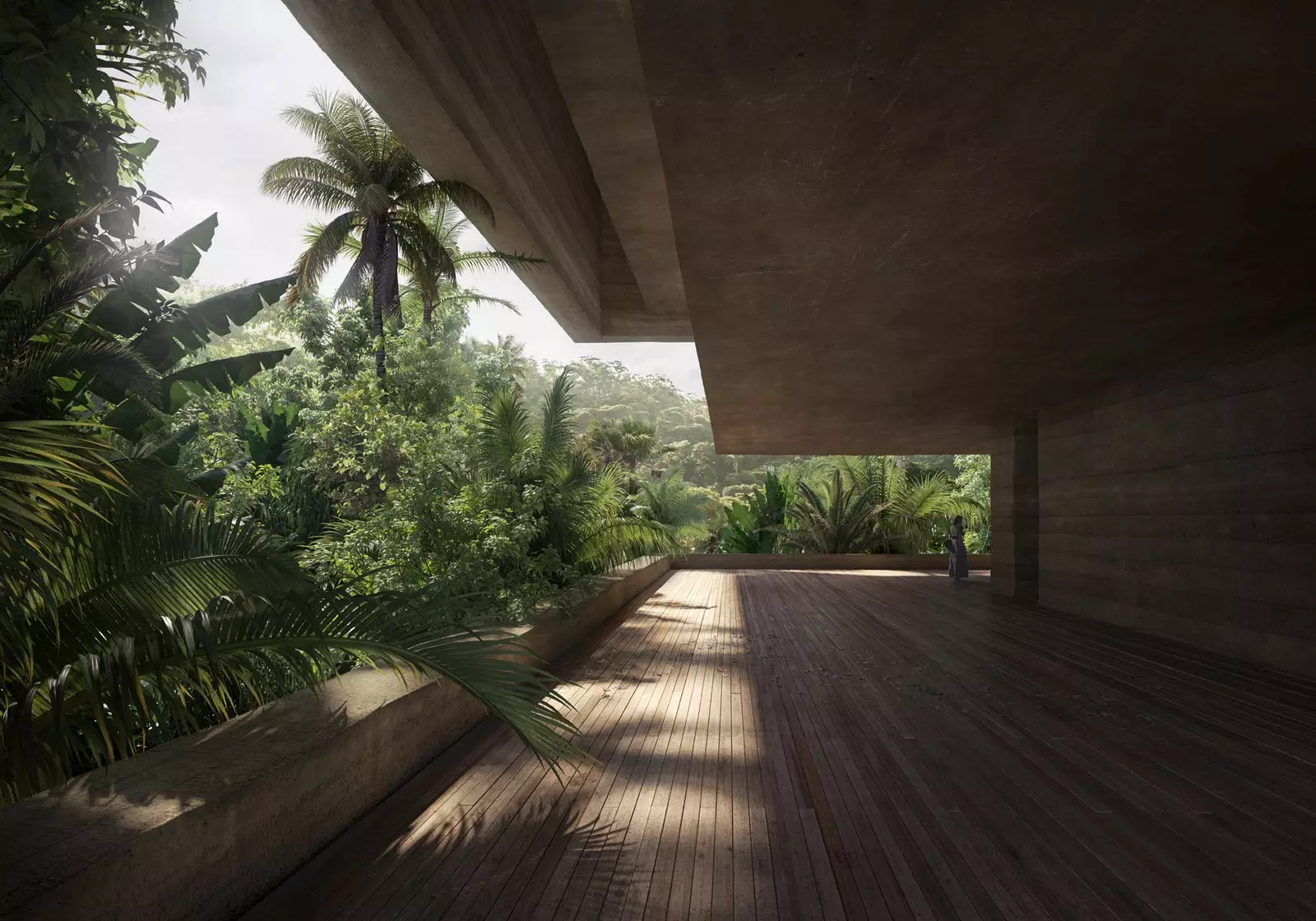
Xinatli: a museum in the middle of the Mexican jungle
HARMONY BETWEEN PEOPLE, ART AND SCIENCE
The name of the museum, Xinatli, comes from the Nahua term Xinachtli, which describes the moment a seed germinates and opens into a life-giving form. The word symbolizes the idea of creation and pays homage to the potential for metamorphosis”, say Studio Viktor Sørless.
The Xinatli museum aims to explore how people, art and science can live together in harmony in the 21st century.
“Until now, museums used to be a space where power was exhibited. A 21st century museum should not be a showcase of power, but a place that advocates for greater equity: in ecology, in art, and in society” , affirms Fernanda Root.
The museum features a multi-story main building with art and exhibition spaces, as well as a scientist-run land institute. All facilities are intended “Investigate the vital diversity of the area and the knowledge of the local community, and promote them through art and research”, explains Viktor Sørless from the studio.
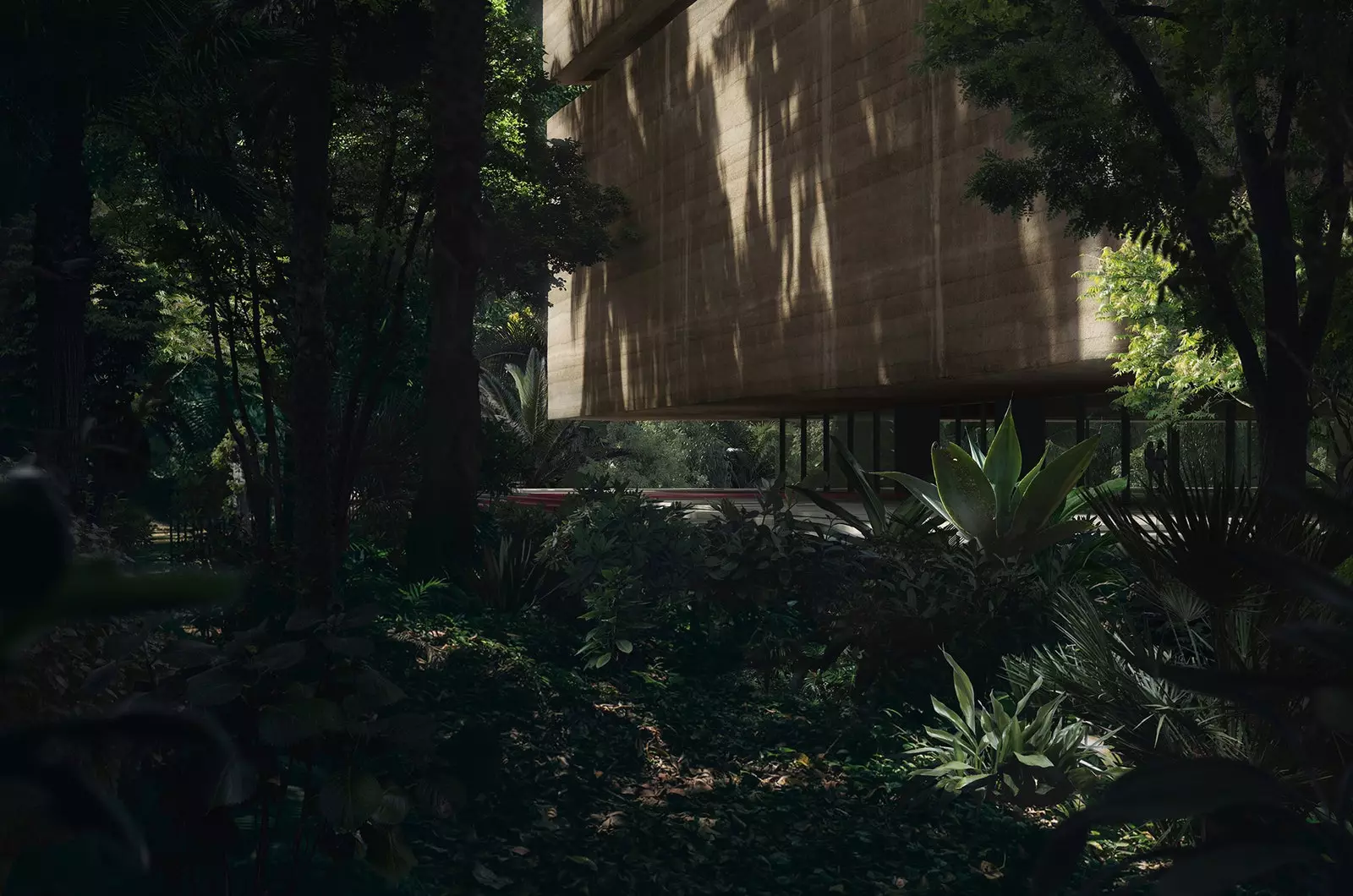
A museum with a conscious goal
A CONSCIOUS OBJECTIVE
The location chosen for the museum is a 90-hectare area of illegally logged forest in southern Mexico. It is a place seriously affected by this criminal activity and the plan is to carry out its reforestation in the coming years.
Thus, the pertinent provisions have been made to bequeath the land to nature, represented and defended by environmentalists and local communities, which will assume the exclusive guardianship and use of the land after a generation.
Xinatli is based on a conscious goal: “Now it seems more urgent than ever to help create climate change in people's minds. Art, and with it a different kind of perception, an ecological form of construction, a cultural commitment to 'the environment' can help maintain the continuity of life on our planet”, says Fernanda Raíz.
The purpose of the museum is determined by a tripartite approach to research, learning and communication, because in addition to supporting artistic processes, other keys to the museum will be: the circular mentality and the philosophical consideration of plants and fungi, as well as a global commitment to nature as a legal entity.
“A decolonized way of thinking will also help change the way we relate to the world, which means breaking both with anthropocentric perspectives and with the separation of nature and culture”, adds Studio Viktor Sørless.
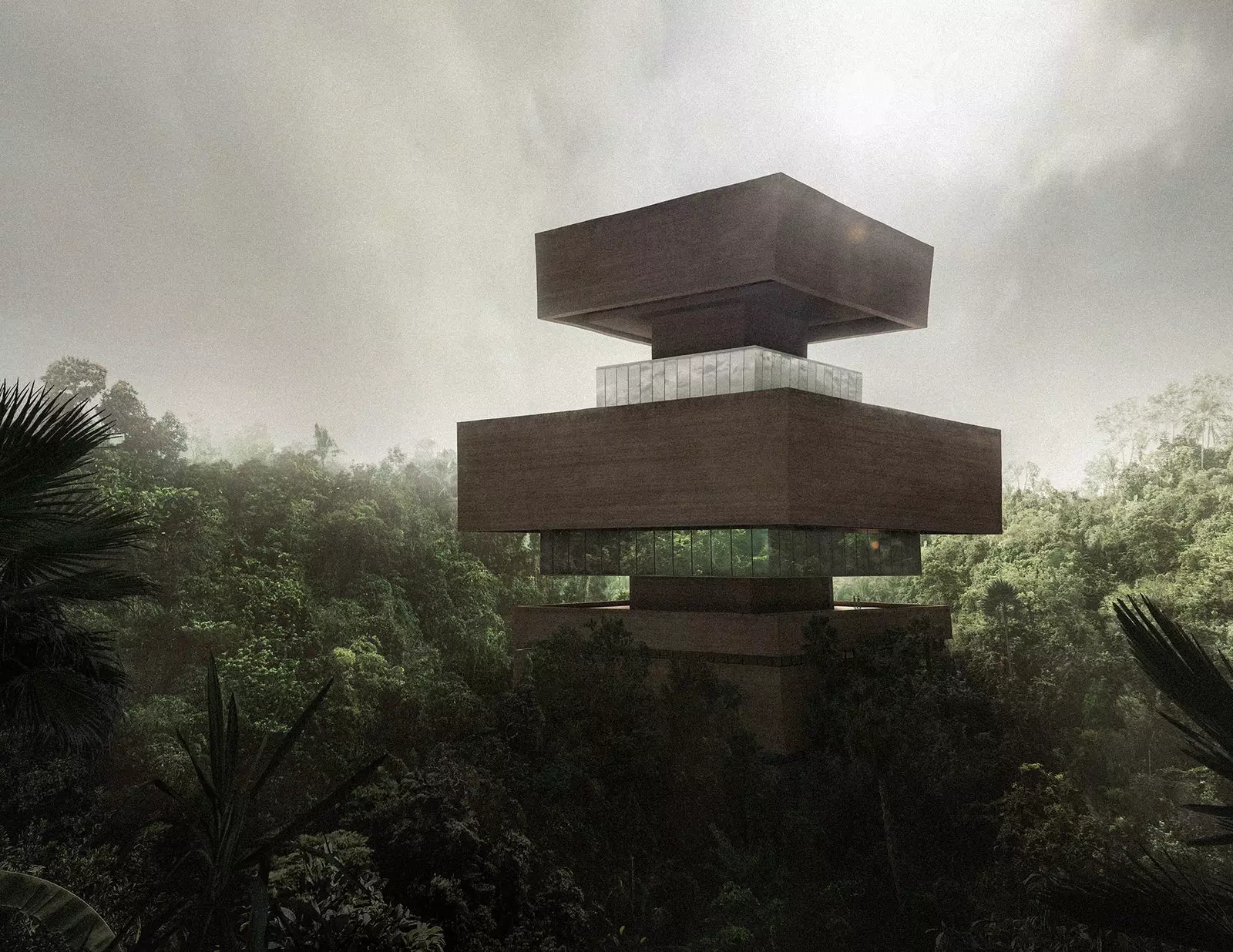
The chosen location is an area of 90 hectares of illegally logged forest
THE REINVENTION OF THE STEP PYRAMID
The pyramid is an archetypal component of most cultures in Asia, Africa, Europe and Latin America. The stepped pyramid comes from the Mesoamerican culture, through the Olmec, Mayan and Aztec.
As the Mexican author Octavio Paz puts it in The Labyrinth of Solitude, "The road to a new society passes through a critique of the pyramid and the pyramidal society."
“It was important for us to reference the Step Pyramid, reconfigure it and reinterpret it,” explains Viktor Sørless. And he adds: “The stepped pyramid is a symbol of a class society, the division between the rich at the top and the poor at the bottom. Our design deconstructs this hierarchy.”
In their proposal for the Xinatli museum, Studio Viktor Sørless and Estudio Juiñi raise the widest layer of the pyramid towards the center, so that it is at the level of the tops of the tallest trees, symbolically placing it face to face with nature.
The resulting platform offers uninterrupted views over the green environment resulting in a building concept that is presented as an organism intertwined with the surrounding jungle.
INDIGENOUS CULTURE
Xinatli also incorporates indigenous knowledge and the skills of local artisans. , because it bets on the construction method of the xa'anil naj house, traditional of the Yucatecan Mayans.
The xa'anil naj has great cultural and architectural value, because it houses a large collection of knowledge and customs inherited from generation to generation.
This construction method is characterized by trees used in the supporting structure are not uprooted nor are they put in place, but often planted.
In the case of Xinatli, an inspection of the land allowed both studios identify trees that could later be used as "living supports" in construction.
The building also uses twisted sisal ropes as stabilizers, along with a stone stack that is visible from every floor within the museum.
It starts at the top of the structure and goes down to the ground, where it opens out into a pool. Rainwater falls into the pile and the crags in the rock create small waterfalls. “In the project they were called 'weeping rocks,'” says Sørless.
On the ground floor, in the last levels of the pool, some letters are formed in the ground, in an allusion to the letters that the conquerors engraved on fire, like stigmata, on the foreheads of the indigenous people. The G, for example, stands for war.
“The earth symbolizes the wounds of the past and, over time, it will be washed away by the water until each initial letter at some point is no longer recognizable. they explain from the Sørless study.
The side wings of the building house exhibition and research spaces. The upper level is wrapped in reflective glass and depending on the perspective it changes as visitors walk by.
From inside, visitors look out into the green immensity of nature. From the outside, the glass reflects the surrounding jungle. This creates an optical illusion where from afar it appears as if the pyramid is broken and the upper section of the building is floating.
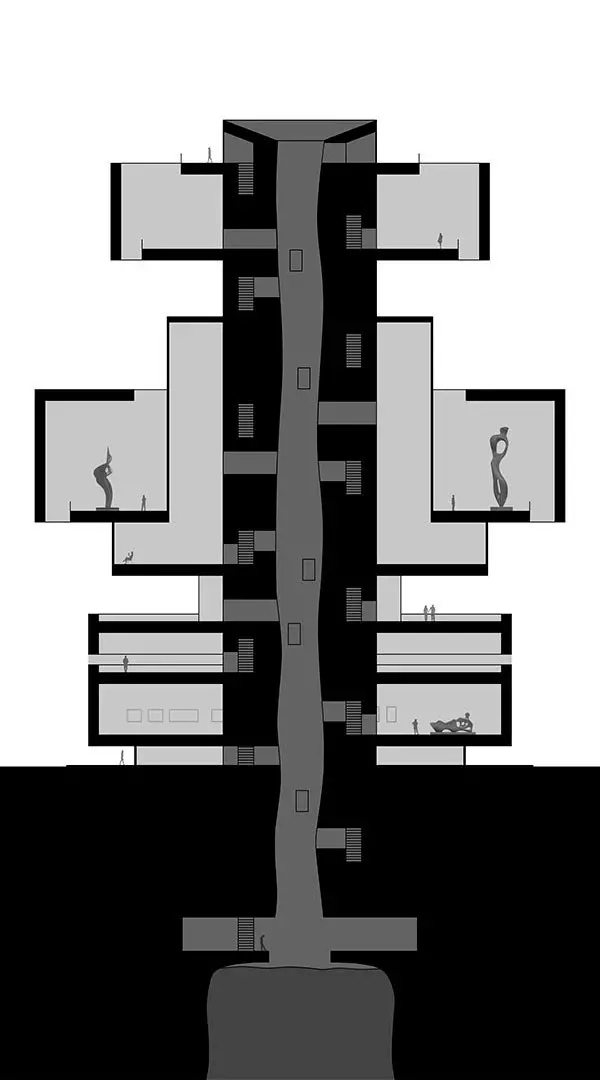
main building section
THE EARTH: THE MATERIAL OF THE FUTURE
The Viktor Sørless studio has been exploring the use of earth in construction for years and considers it the building material of the future: “I consider that the land offers unbeatable benefits”, explains the Norwegian architect.
“We have been using this building material since humans began to settle; It's there at our feet in the soil, as humus, essentially as a kind of cement for a more humane way of building. The land can be reintroduced into the cycles of nature and it makes ecological sense”, says Sørless.
The climatic conditions of the tropical forest require an improvement of the strength and resistance to water of the earth used in the construction so, With the help of local experts, a new soil mix was developed using sisal fibers and chukum resin.
The building will be constructed using the rammed earth method and to avoid possible cracks, the so-called "organic grid" will be used, made with sisal fibers and with a one-centimeter mesh.
As Sørless explains, “This type of reinforcement is similar to that used in reinforced concrete structures to allow walls to be subjected to heavier loads. The wood is used to build the supporting structure.”
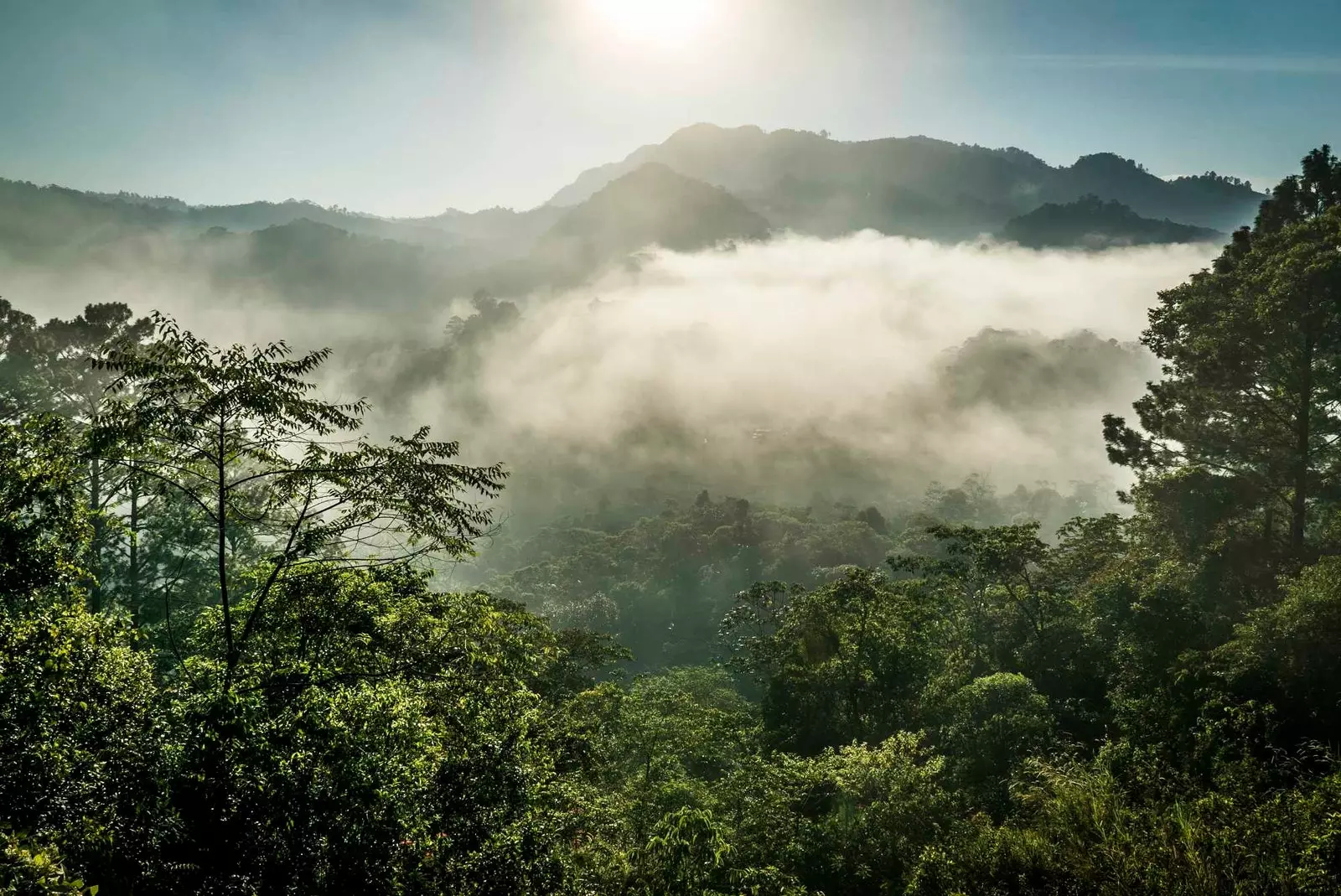
High evergreen forest
A PROCESS OF GROWTH
Viktor Sørless describes Xinatli as "a fusion of indigenous architecture and engineering" and he clarifies that the plan is not to create a building that lasts forever but that “it needs to be taken care of, otherwise it will degrade”.
The clay and wood building won't last as long as concrete, but according to the architects, that's the key: “This element of transience recognizes that life is a process of growth, perishment and transformation, and that human beings can make a conscious decision about how we treat our environment”, concludes the architect.
The project is expected to be completed in 2025.
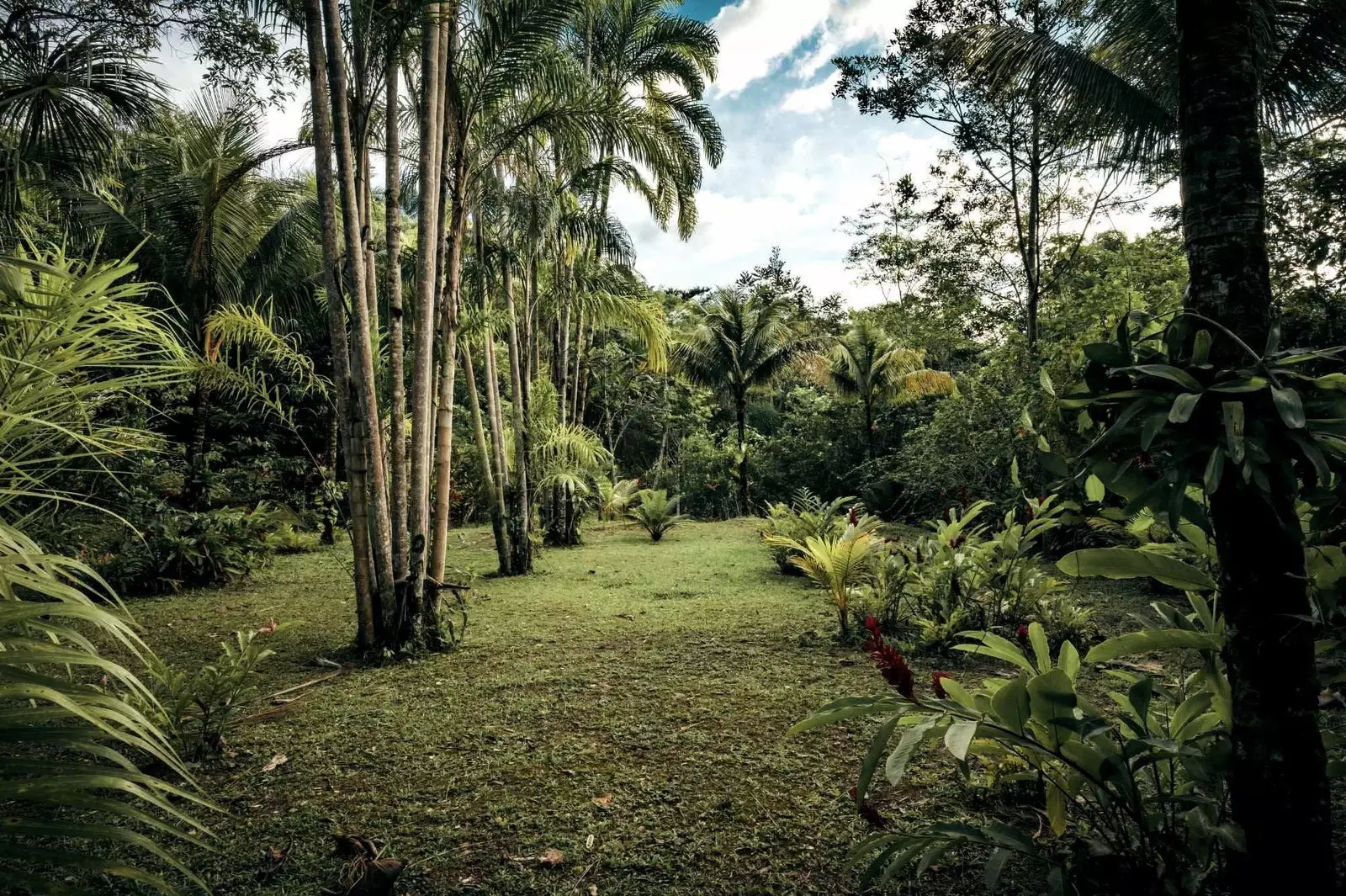
Xinatli: "a climate change of the spirit"
